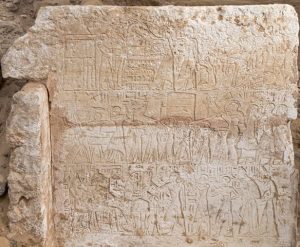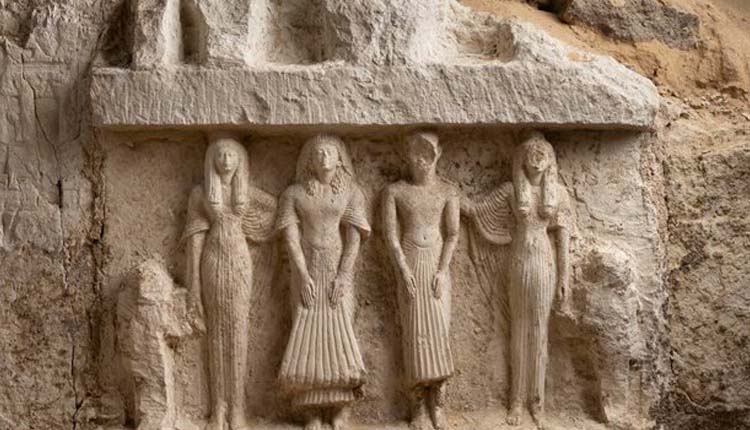The remains of Panehsy’s tomb, the steward of Amun Temple, and a collection of smaller chapels were unearthed in the Saqqara Necropolis, Egypt.
The archaeological mission was carried out by the National Museum of Antiquities in Leiden (RMO) and the Egyptian Museum in Turin (Museo Egizio).

The secretary-general of the Supreme Council of Antiquities, Mostafa Waziri, said “the new discovery sheds new light on the development of Saqqara Necropolis during the Ramesside period and introduces new individuals that were yet unknown in the historical sources,”
The tomb has an inner courtyard with columned porticoes as well as a shaft leading to the burial chambers. The mud brick walls are 1.5 meters high decorated by limestone revetment slabs.
The temple-shaped tomb dates back to the 19th dynasty of ancient Egypt which ruled from (1292-1189 BC)

The mission aims to understand the history of the Saqqara area, which is considered one of the most prominent burial sites of ancient Egypt.
Egypt aims to show the newly discovered artefacts to revive the tourism industry which is considered a key source of foreign currency.
It is worth mentioning that Egypt has attracted 11.7 million tourists in 2022.
